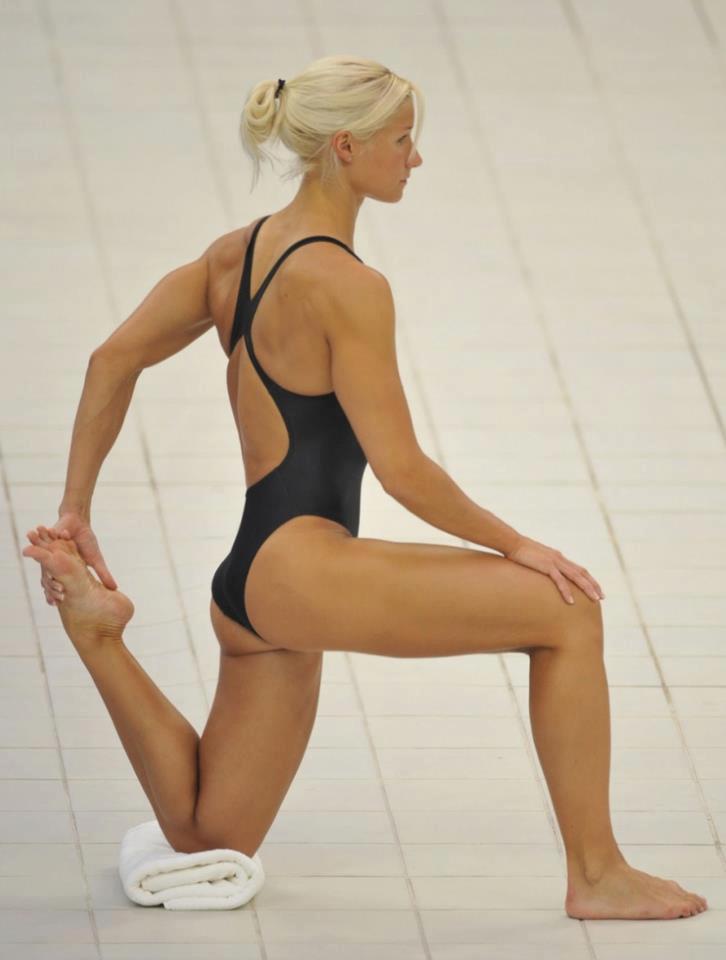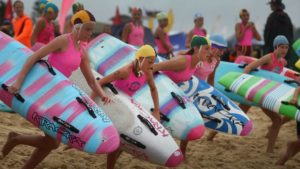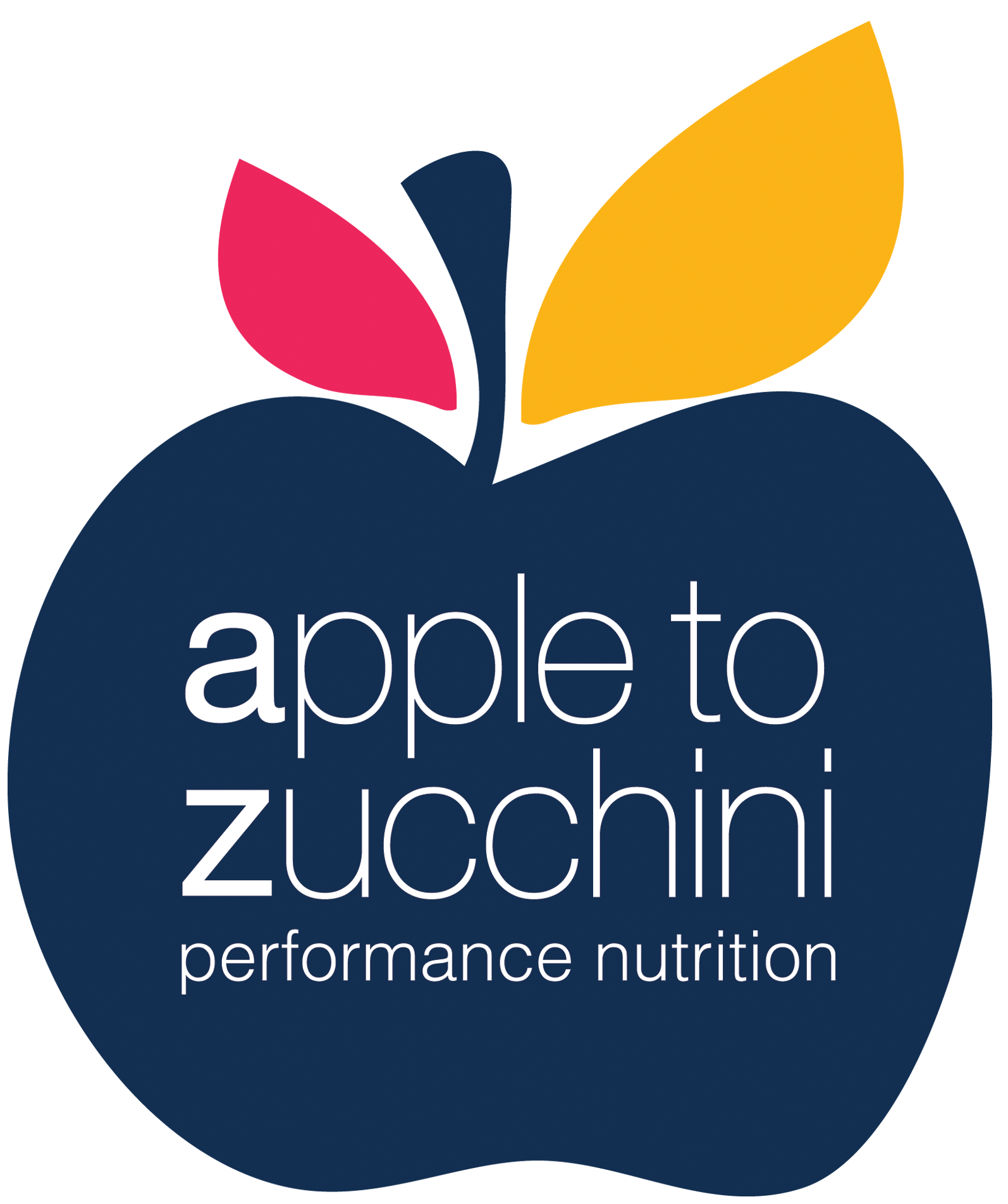 Words by Steph Cronin | Accredited Sports Dietitian | Competitive Swimmer | 5 minute read
Words by Steph Cronin | Accredited Sports Dietitian | Competitive Swimmer | 5 minute read
Being a competitive athlete from a young age has been bittersweet. There was a lot of pressure and influences being a female who spent most of their time in swimwear. And looking back at the early years of my sporting career, I have some incredible memories…but I would be lying if I said there weren’t some pretty horrible memories also.
Throughout high school and University, I was training twice a day, every day. I learnt a great deal of discipline and time management waking up at 4.30am each day. I developed a very competitive drive but also learnt how to be humble; not only in sport but in life. I absolutely loved the feeling of being ridiculously fit and being known as the “sporty girl.” I had the opportunity to spend every day at the beach; rain, hail or shine and I loved it. A lot of my school and uni friends thought I was crazy for the amount of training I did, and there were countless times I was invited to social occasions that I had to decline because… “sorry I have training.” But I wouldn’t have changed a thing and I made some life-long friendships through sport that I will be forever grateful for.
I was very fortunate that I grew up in a very sporty, healthy family but prior to being a Sports Dietitian, it was safe to say I had little knowledge of what to eat, how much to eat and when to eat. I was training 14-16 times a week (yep sometimes more than twice a day), so I was bloody hungry! And looking back to my adolescent and early 20’s, my body shape changed countless times. Before puberty I was always very slim and quite tall. I was likely too thin, but it wasn’t a case of under-eating, that was just my genetics. I remember being told that I was a “string bean” but at that age I couldn’t care less what I looked like- I liked training and racing and I liked being able to eat more than most other girls. But when I went through puberty my body shape changed, especially when I hit 18 years of age and learnt how to party. I was very much aware of what I looked like and that I was no longer the skinny-minny I was a couple of years ago (we all own a mirror don’t we?) I used to listen to the boys, the coaches and even other girls say to each other “have you seen how much weight THAT girl has put on this season?!” And there wasn’t a doubt in my mind that it was also being said about me.
Growing up with brothers, I had pretty thick skin so I dealt with negative comments quite well. But that’s not to say the comments were appropriate. I still distinctly remember a comment made by one of my coaches after coming back from offseason: “wow Steph, you’ve put on so much weight this offseason, that for the first time you have a chubby face.” Don’t get me wrong, I had great coaches and I appreciate everything they did for me. But being a young girl running around in togs, it was pretty heart wrenching to hear that. Especially because I was well aware of the weight I had put on (and it was only about 5kg above my race weight).

On the other end of the scale, there were definitely times after going through puberty that I was too thin because I was under-fuelling. But I received comments like “you look so skinny” so it made me feel good and I continued to under-fuel. I wasn’t strong, I wasn’t fit, I wasn’t training well, I definitely wasn’t racing well and to be honest I wasn’t even happy. I was just “skinny.” But I received compliments.
Then there were times in my career that I had a great figure and was confident running around the beach in togs- these were the times I was eating good quality nutrition and a heap of it. But it was the times I looked “fat” whilst running along the beach in togs that were difficult because I knew I needed to slim down, but I honestly didn’t know what I was doing wrong. And to be fair, it wasn’t necessarily the pressure from my coaches or peers that really affected me; it was the pressure I put on myself. I wanted to look good but I also wanted to be fit and I wanted to win. It took me many years and many training seasons to figure out how to get my nutrition right. And the seasons that I focused on fuelling and recovering well, were the seasons I raced well and looked fit.
In hindsight, I wish I had the support of a Sports Dietitian, not so that I looked “good” but so that I knew that I was fuelling my body properly (the fit looking body would have come along with that regardless!)
Both male and female athletes who are in swimwear (and training attire in general) are very vulnerable to what people think or say about their image. There is also so much added pressure from social media nowadays. So, if there is any advice I can give to coaches (and athletes) it would be to bite your tongue with the negative comments about any young athletes’ weight and if you are concerned about weight loss or weight gain, recommend they see a Sports Dietitian. Let the coach do the coaching and let the Sports Dietitian provide the nutrition education and body composition manipulation. You will develop an amazing athlete, who is not only strong and fit but confident.
Lead pic: Hanna-Maria Seppälä, Olympic freestyle swimmer, Finland

